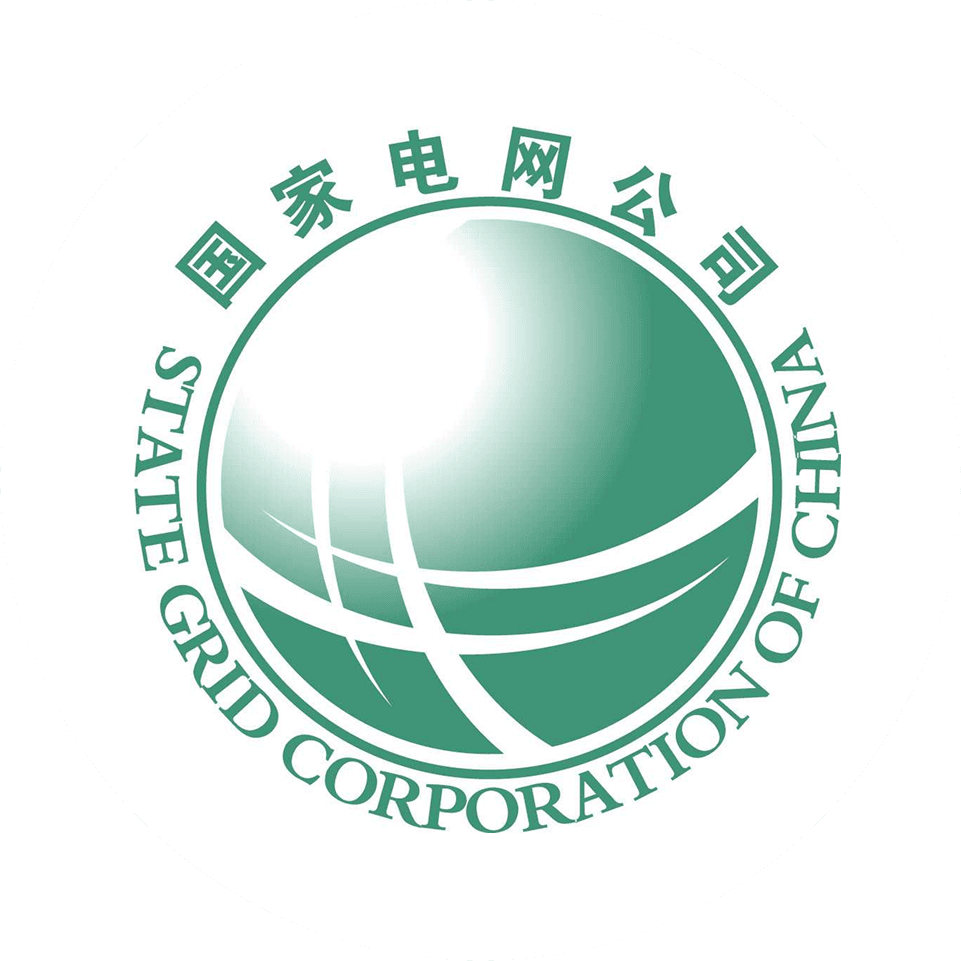
Transform power grids to cut losses and energy waste
 State Grid Corporation of China
State Grid Corporation of China总结
Smart grid technology cut line losses by 2.4%, saving 236 TWh and 126.64 Mt CO₂ using AI, smart meters, and performance-driven governance.
Key resources
Context
As a leading electric power transmission and distribution company in China, State Grid Corporation of China (SGCC) faced a key decarbonization challenge. Transmission and distribution losses in many regions still account for 5–15% of generated electricity. Even small reductions could avoid significant carbon emissions, yet most utilities lack the meter-level visibility needed to act. Addressing this gap became central to SGCC’s strategy to reduce energy waste, improve grid efficiency, and cut carbon emissions across its network.
Solution
SGCC built the world’s first grid-wide “Electric Energy and Line Loss Management System”, covering 650 million smart meters, enabling 15-minute interval data collection, processing a total data volume of 1.03 PB, and encompassing all grid assets from 1,000kV ultra-high voltage transmission facilities to 220V household connections. Three design pillars make it replicable:
a. One Data Chain – a single cloud-native ledger and electric energy data, automatic monitoring 7.4 million power plant, 440 thousand lines, 45 thousand substations and 640 million users.
b. AI Loss Engine – 40 algorithms auto-detect 73 loss drivers (technical, non-technical) and push grid-location-based recovery orders to field crews.
c. Closed-loop Governance – performance contracts tie thirteen thousand county-level managers to key performance indicators for line loss, which are publicly ranked every month, creating a permanent race-to-zero.
Figure 1: Closed-loop of Electric Energy and Line Loss Monitoring and Governance

Impact
Sustainability impact
Climate
236 TWh electricity saved, avoiding 126.64 Mt CO₂ (Calculated using China's latest official national electricity CO₂ EF:0.5366 kgCO₂/kWh)
Figure 2: Energy Conservation, Carbon Reduction

Nature
By improving energy efficiency, the system indirectly reduces the reliance on fossil fuel-based power generation, contributing to improved air quality and ecosystem health.
Social
The initiative enhances power supply efficiency in both rural and urban areas and promotes social equity and regional economic development.
Business impact
Benefits
Loss rate down from 6.8% (2015) to 4.4 % (2024)—an absolute 2.4% drop, exceeding the global average improvement.
High-loss lines cut from 44 % to <1 %, proving the model works in both dense cities and rural counties
Cumulative benefit of 83.79 billion RMB from 2016 to 2024 for SGCC.
Sharing benefit of 20 billion RMB with customers every year from 2022.
Costs
System construction fee: 20 million RMB
Smart meter: 100-400 RMB per unit
Implementation
Typical business profile
Relevant for transmission and distribution system operators equipped with metering devices.
Approach
The initiative is designed to be technology-agnostic and can be implemented through a structured, five-step approach over approximately 24 months:
Establish Loss Baseline: Assess current transmission and distribution losses to identify priority areas for intervention.
Meter Rollout: Deploy smart meters to cover at least 98% of the network, enabling detailed, interval-level monitoring of electricity flows.
Build Data Lake: Consolidate all meter and grid data into a centralized platform to support analysis, reporting, and decision-making.
Algorithm Localisation: Customize AI-driven loss detection algorithms to reflect local grid characteristics and operational conditions.
Governance Reform: Introduce performance-based accountability mechanisms, linking grid managers to measurable line-loss reduction targets.
This stepwise approach has been successfully piloted in other countries, including Indonesia (PLN) and Kenya (KPLC), demonstrating its adaptability and replicability across different grid environments.
Stakeholders involved
Project lead: Development Planning Department of SGCC
Functions: procurement, operations, mechanisms design
Main providers: State Grid Information and Telecommunication Industry Group Co.
Key parameters to consider
Initiative maturity: established practice
Pre-requisites: smart meters, a county-level manage team
Applied sectors: electricity transmission and distribution
Subsidies: governments can provide subsidies for smart meters installation
Implementation and operations tips
Power grid loss reduction is a complex and arduous task, which requires clear planning, firm execution, continuous investment and efficient coordination.
External links
Electronic Power Technology Collaboration publication [in Chinese]: https://www.eptc.org.cn/news/1587279208132976642
CNKI (China National Knowledge Infrastructure) [in Chinese]: https://xueshu.baidu.com/ndscholar/browse/detail?paperid=1m040c00ne720rc0ng230xj08n170436&site=xueshu_se